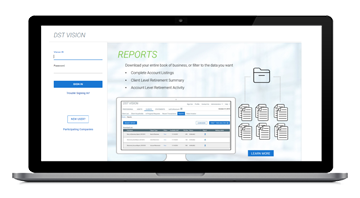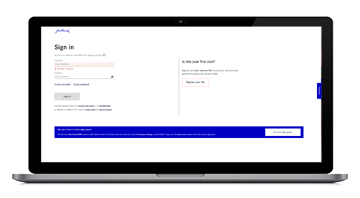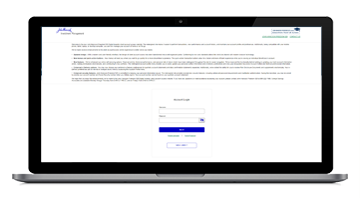What are credit default swaps and what role do they play in the markets?
The CDS market has experienced rapid growth since its introduction in the mid-1990s. But what function does the financial instrument perform and why is it greeted with cynicism in some quarters? We take a closer look.

Defining CDS
Introduced by JPMorgan in the mid-1990s, the credit default swap (CDS) market experienced rapid growth, culminating in a valuation of around $4.1 trillion as of June 2024.¹ Despite its large market size, investor perceptions of CDSs remain polarized. Some regard a CDS as a useful financial innovation, while others view it as a market destabilizer.
Why CDSs may appeal to bondholders
When investors buy a bond, they expect to receive scheduled interest payments and the principal back at maturity; however, things don’t always go according to plan. Because of financial distress or external economic factors, borrowers may be unable to make their scheduled interest or principal payments.
To mitigate this risk, investors can purchase a CDS, which is a derivative instrument that allows two parties to exchange credit risk (i.e., the possibility that a given borrower fails to make required payments). Like buying an insurance policy, the buyer of a CDS (typically the bondholder) makes quarterly payments over several years to the seller for protection against credit events such as default and bankruptcy. In exchange, the CDS seller agrees to make a lump-sum payment to the buyer if the bond enters default. CDSs can also protect against credit events in syndicated loans, mortgage- and asset-backed securities, in addition to more widely held assets such as corporate and government bonds.
CDS: how it works
The different types of CDSs
CDSs can come in different shapes and sizes and are considered to be highly customizable financial tools. In addition to being used as a tool to hedge against credit risk, these derivatives can also be used to speculate. Here are some examples of relatively widely used CDSs:
- Single-name—a simple CDS contract associated with one borrower
- Multi-name—a slightly more complex CDS contract based on the credit risk of a portfolio of borrowers
- Widely used CDS benchmark indexes—portfolios of commonly traded single-name CDSs that allow investors to gain standardized and inexpensive exposure to derivatives
- CDS option—an option on a CDS gives the holder the right to buy or sell protection on an underlying asset for a specified time in the future and at a specified price
How do CDS spreads reflect credit risk?
CDS prices, also known as CDS spreads, are quoted in basis points, which reflect the number of basis points that the CDS seller is charging the buyer for providing protection; for example, the buyer of a CDS quoted at 200 basis points would have to pay $2 to insure every $100 of bonds they hold. The greater the perceived likelihood of a credit event, the wider the spread, and vice versa. It's worth noting that CDS spreads can also be affected by geopolitical events, market volatility, and economic conditions.
Factors that can affect CDS prices
Credit events and CDS settlement
A CDS payout is typically triggered when one or more of the following credit events take place:
- Bankruptcy: the borrower becomes insolvent or unable to repay its debt
- Failure to pay: the borrower fails to make principal or interest payments after a grace period
- Debt restructuring: terms of the debt are altered to disadvantage its creditors
When this happens, the CDS buyer will initiate settlement of the CDS contract with the seller.
Settlement can happen in one of two ways:
- Physically: Popular in a bygone era, the buyer has the right to deliver the defaulted asset, the bond certificate, to the seller and receive the full face value of the asset.
- In cash: Using this modern-day settlement approach, the seller compensates the buyer for the difference between the face value and the recovery value of the defaulted asset, where the recovery value is determined by an auction-type process.
How are CDSs useful now?
Liquid alternatives, a popular postpandemic mandate, use CDSs to mitigate losses if a bond issuer defaults. This allows portfolio managers to invest in a greater variety of bonds (e.g., debt issues that offer potentially higher returns but are further out the risk spectrum) and can be a potentially effective way of fine-tuning a fund’s risk/reward profile. When used appropriately, CDSs can be a useful tool enabling market participants to adjust portfolio risk exposure, mitigate instability, and gauge market perception of credit risk.
Important disclosures
Important disclosures
This material is for informational purposes only and is not intended to be, nor shall it be interpreted or construed as, a recommendation or providing advice, impartial or otherwise. John Hancock Investment Management and our representatives and affiliates may receive compensation derived from the sale of and/or from any investment made in our products and services.
The views presented are those of the author(s) and are subject to change. No forecasts are guaranteed. This commentary is provided for informational purposes only and is not an endorsement of any security, mutual fund, sector, or index. Past performance does not guarantee future results.
MF4130592





